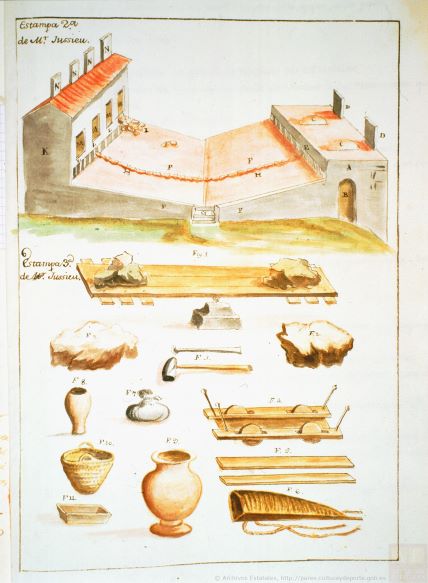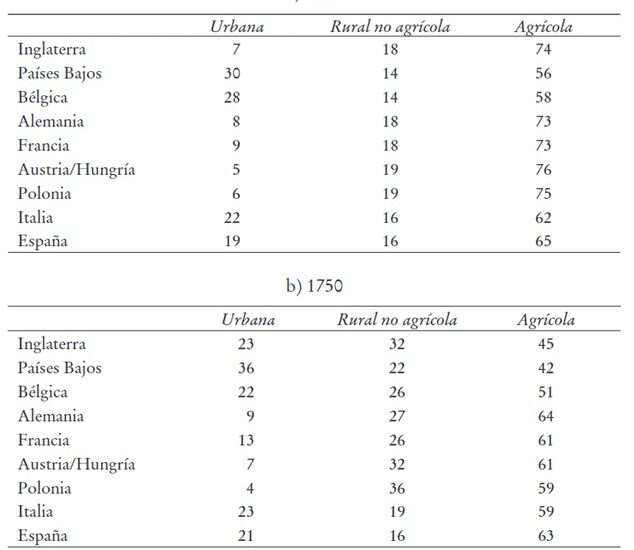
The façade of Murcia Cathedral, an exceptional work of universal Baroque, was built between 1736 and 1751 under the direction of the architect and sculptor Jaime Bort. It was conceived as a stone altarpiece with two sections and three streets in which to exalt the magnificence of the Virgin Mary and the antiquity and glories of the Diocese of Cartagena, through saints and symbols linked to the Kingdom of Murcia. The façade synthesises the guidelines that emanated from the Council of Trent to combat the Lutheran Reformation. Thus began an attitude whereby images became a means of “indoctrination” in the original sense of the word, i.e. a set of actions that served to popularise a religious doctrine. When Trent stipulated that one of the guidelines for the religious apostolate was the veneration of religious images, especially of the Virgin and the saints, as well as relics, the foundations of Baroque art were also laid, the aim of which was to attract the common man to the Catholic faith. The façade of Murcia Cathedral is a magnificent expression of this aim.
Collection: Images
Project: 10. Churches and religions in Europe., 11. Science and culture as representation in Europe.
Chronology: XVIII
Scope: University
Link: https://catedralmurcia.com/catedral/arquitectura/#fachada
Resource type: Image
Format: Architecture and sculpture, stone and marble
Source: Catedral de Murcia, Diócesis de Cartagena
Language: Spanish
Date: 1737-1751
Owner: Blanca Rodríguez Hernández (Modernalia)
Identifier: RI-51-0000743
Copyright: Diócesis de Cartagena (Murcia)
Abstract: Imafronte of the Cathedral of Murcia, built between 1737 and 1751 under the guidelines of Jaime Bort
Tags






